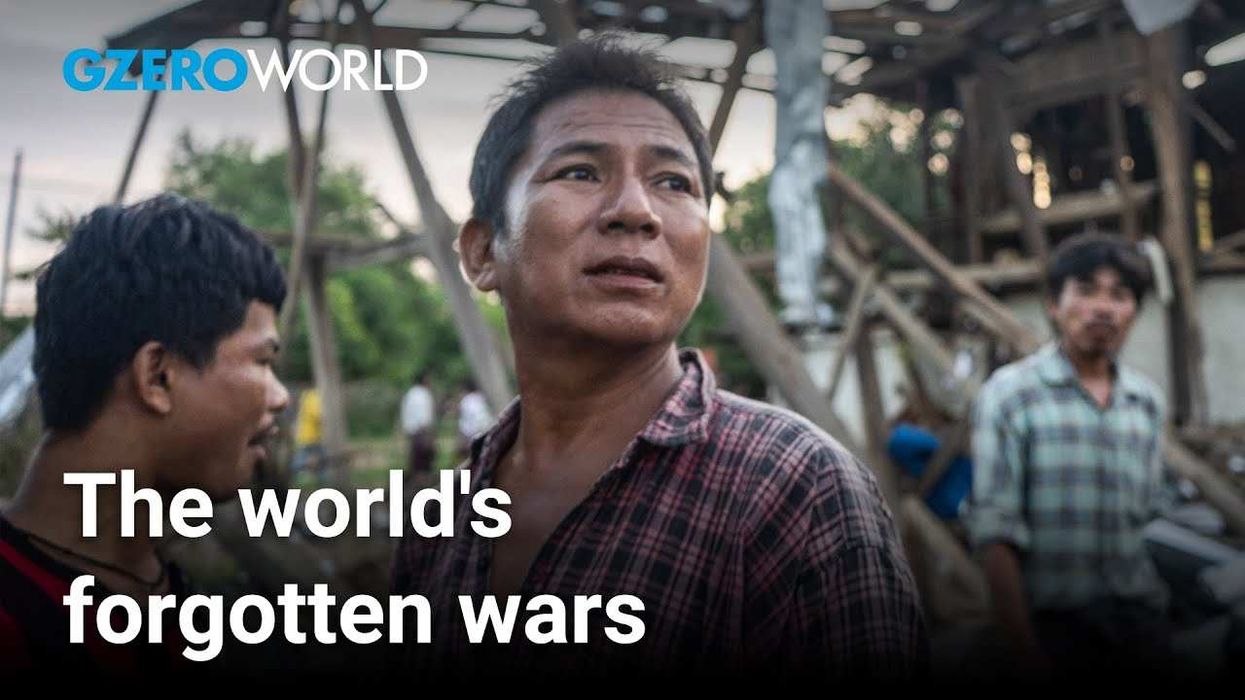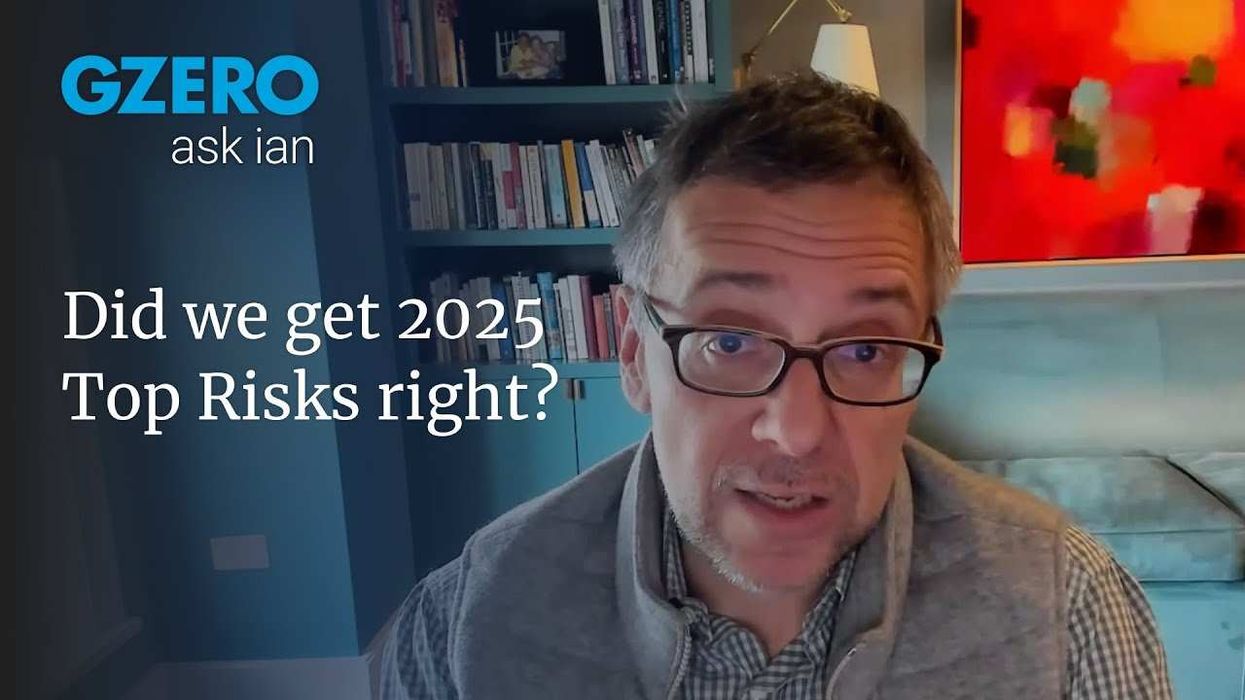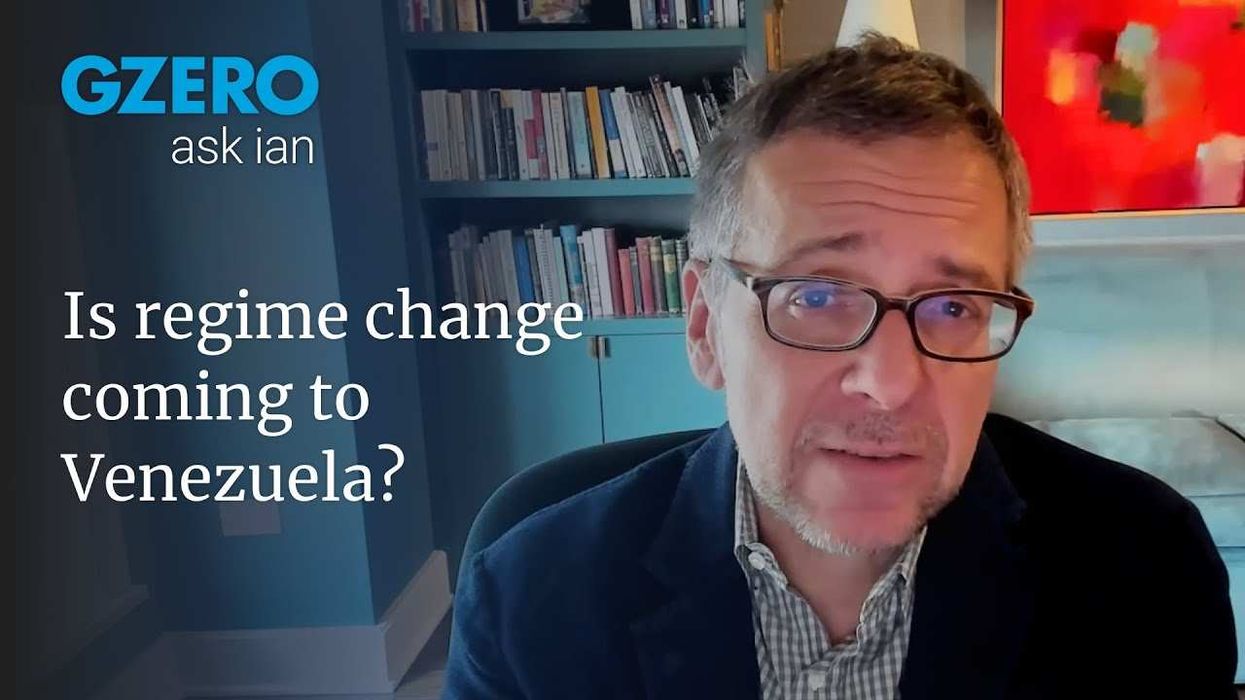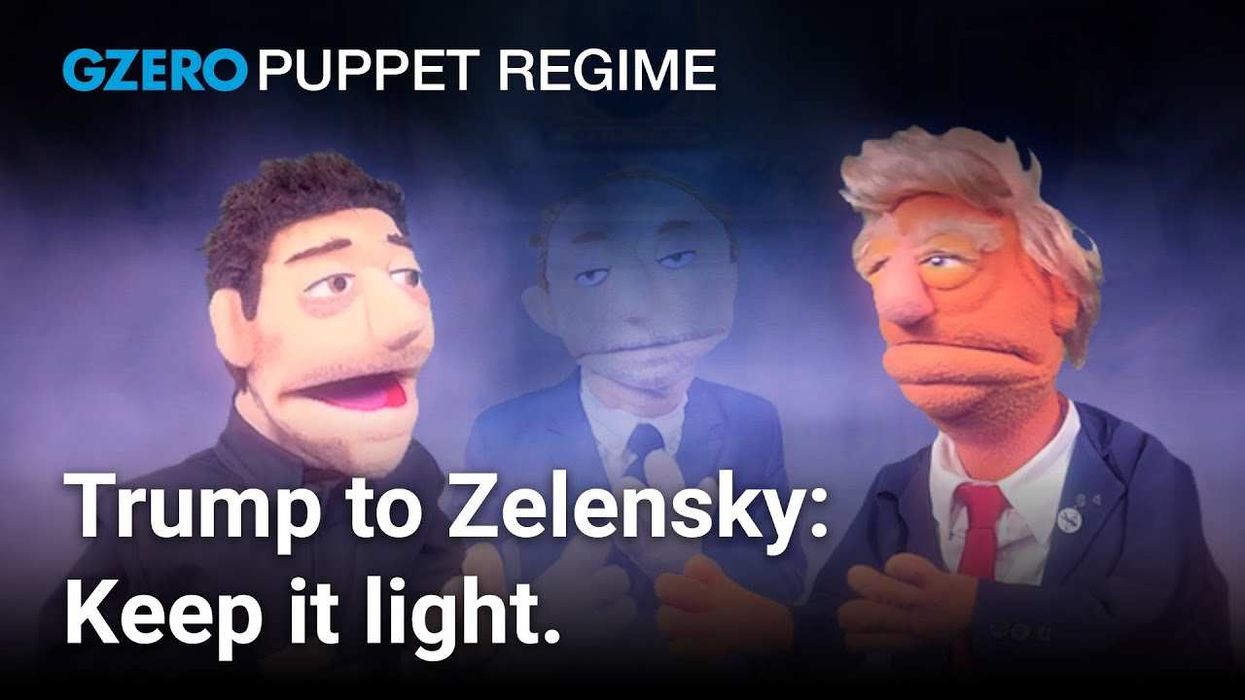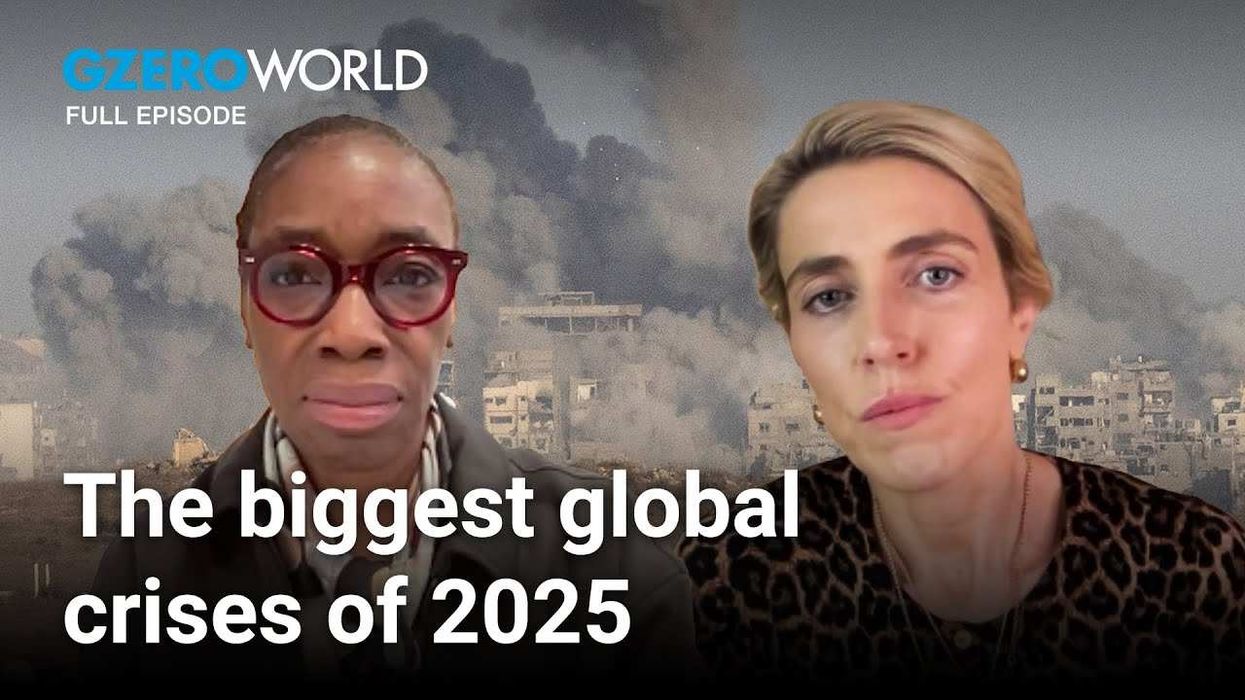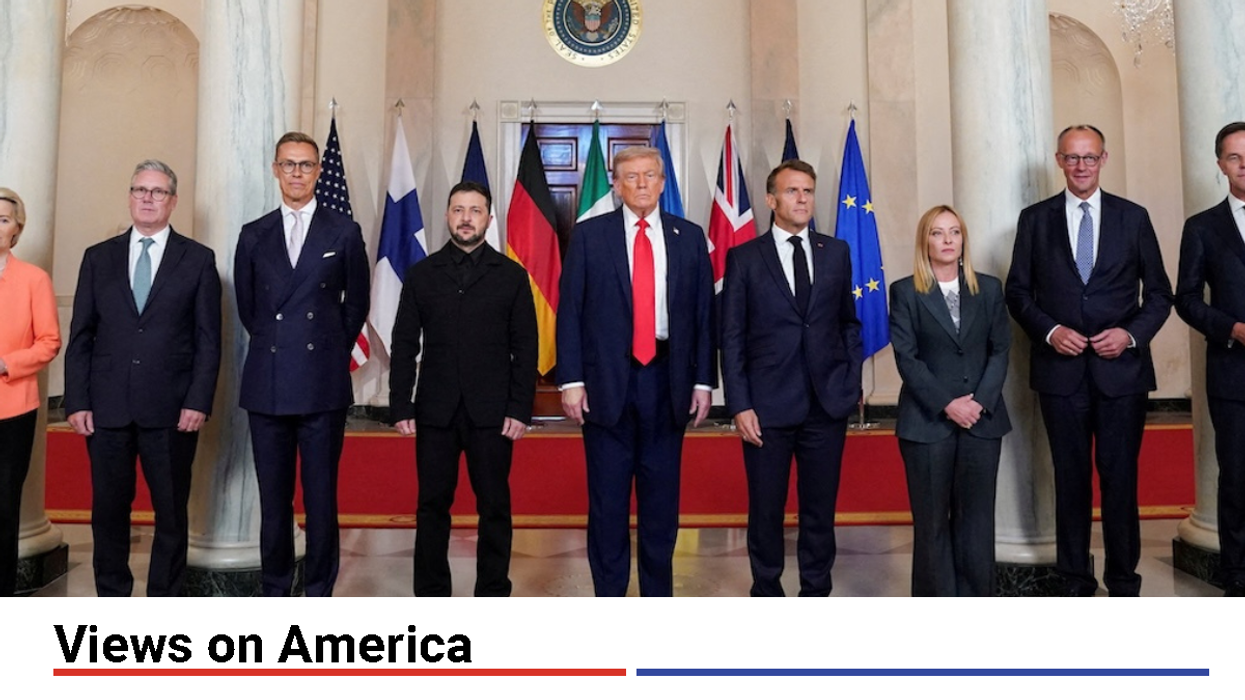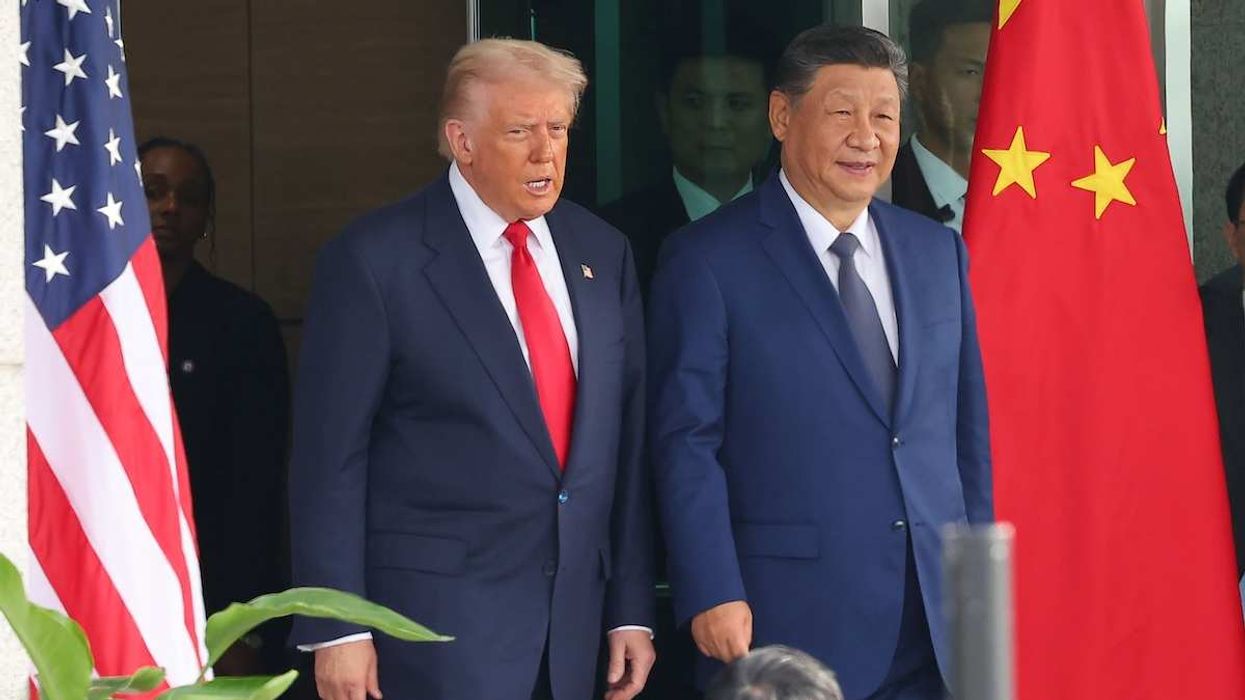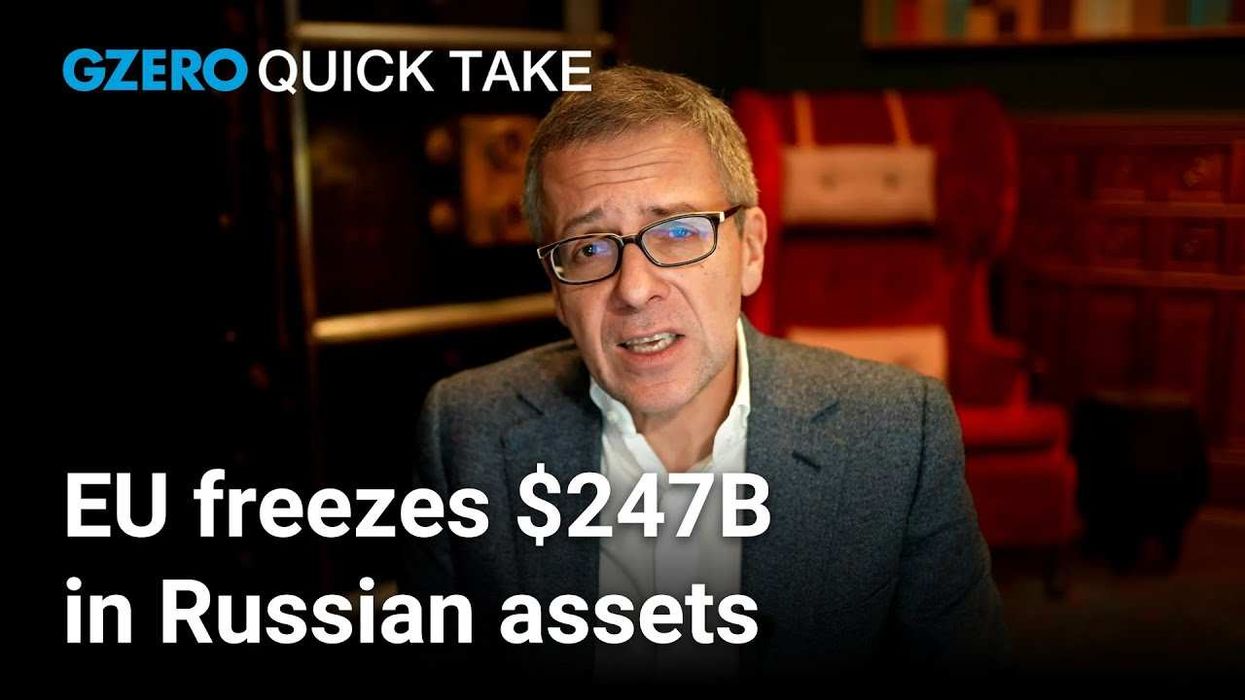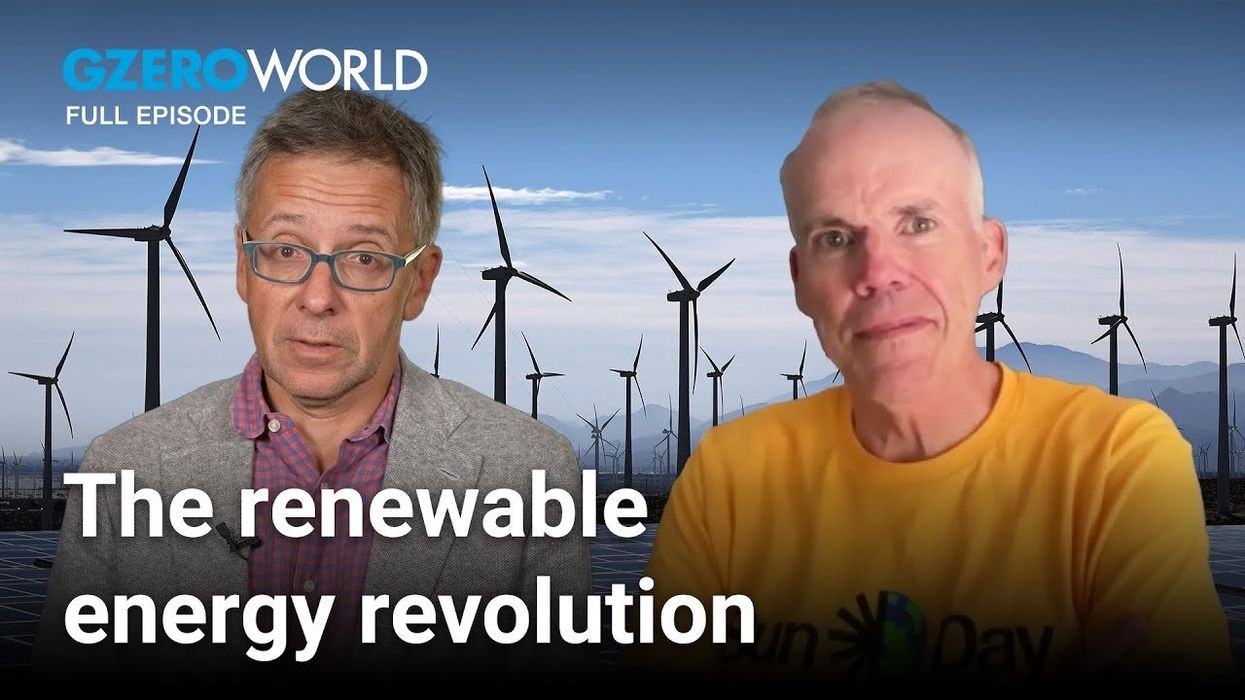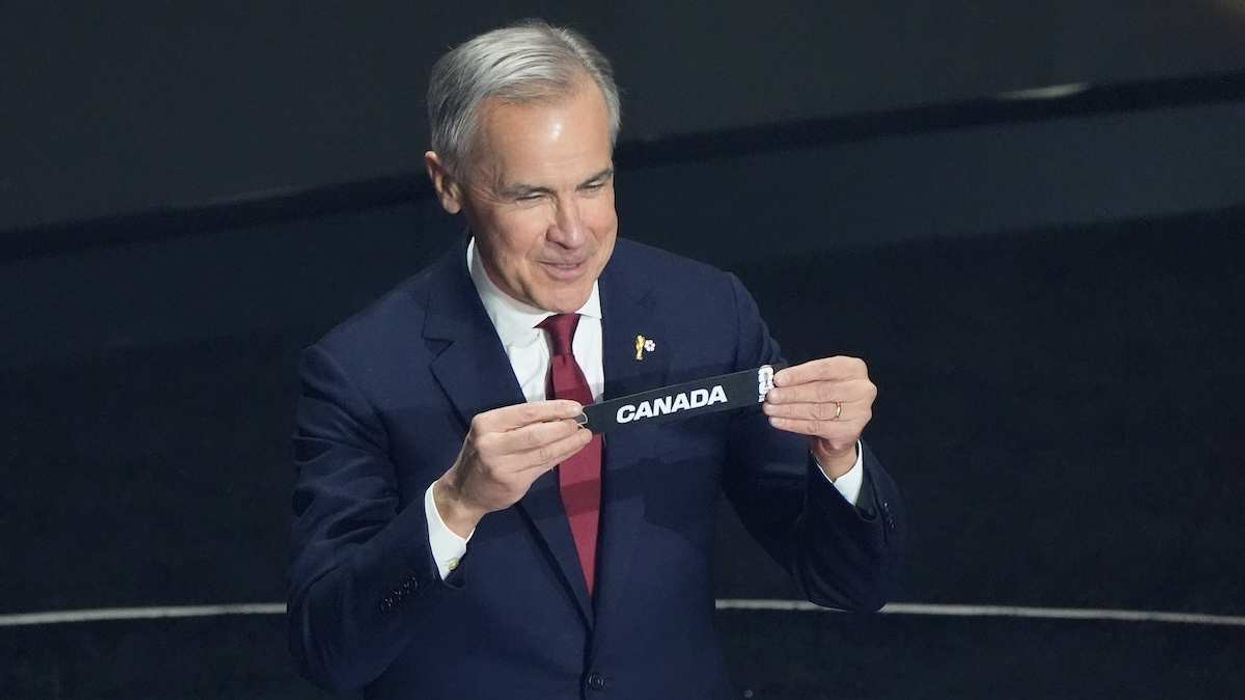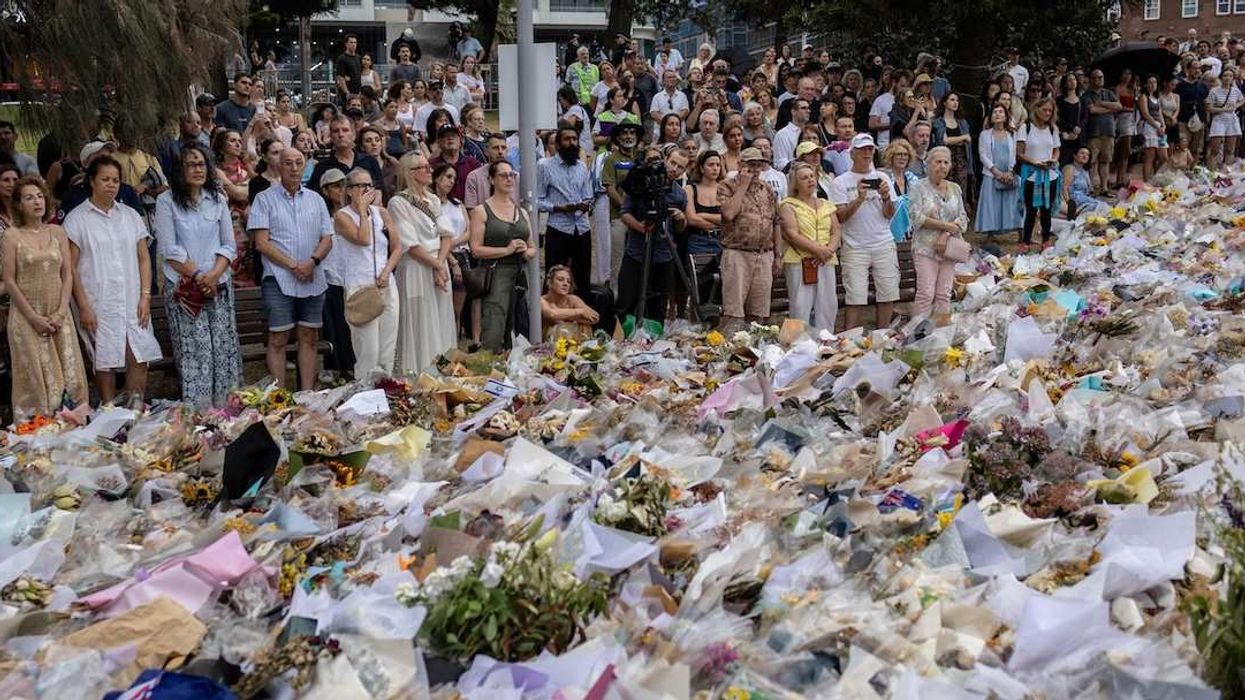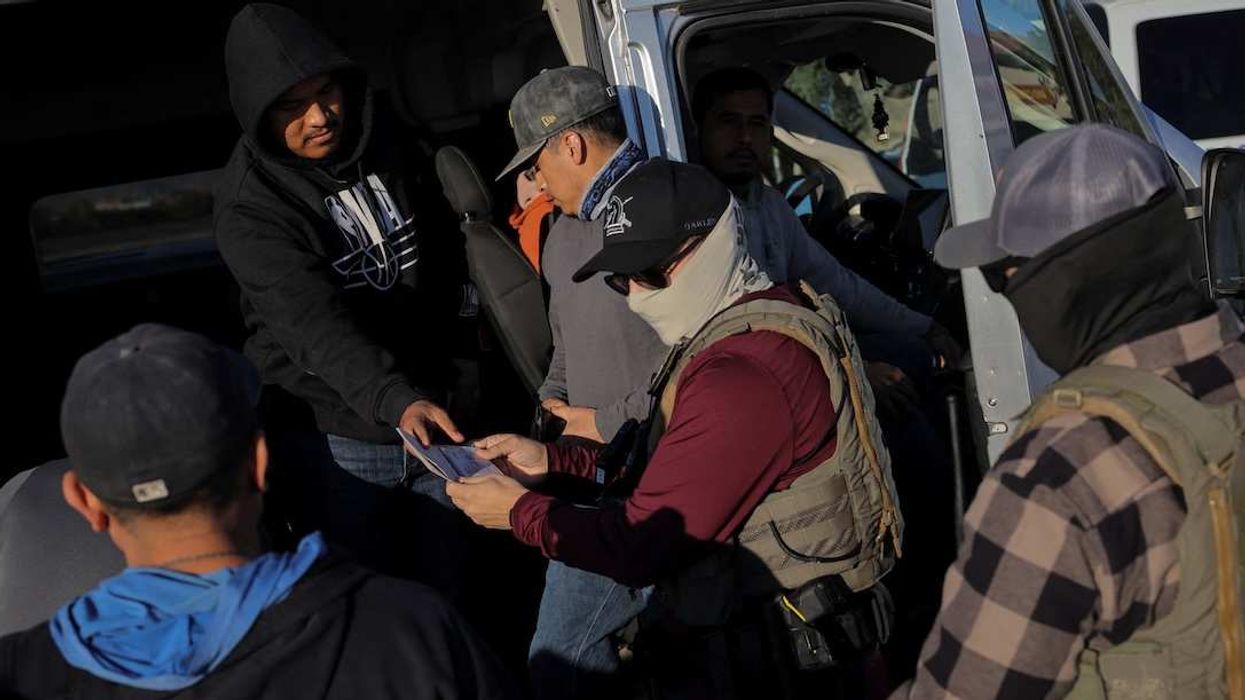Fifty years ago, leaders from 35 countries – including rivals from both sides of the Iron Curtain – gathered in the Finnish capital of Helsinki to attend the first Conference on Security and Co-operation in Europe (CSCE).
The talks capped three years of Cold War negotiations, culminating in the signing of the Helsinki Final Act – a landmark agreement that laid the groundwork for stabilizing relations between Eastern and Western bloc countries and paved the way for future economic and security cooperation.
“It was a very unusual assembly,” says Ian Bond, deputy director of the Centre for European Reform. “The fact that two sides that were brandishing nuclear weapons at each other were nonetheless able to find an agreement of this sort, is pretty extraordinary in itself.”
What exactly was so groundbreaking about the Helsinki Final Act? The two most significant legacies from the Helsinki Final Act were its principles on state sovereignty – which acknowledged that each state had the right to choose their own alliances, and political, social, economic and cultural systems – and human rights – which pledged signatories to respect fundamental freedoms, including freedom of thought, conscience, religions or belief.
In the years that followed, Western governments and Soviet-bloc dissidents used these principles to protest abuses under Moscow and its satellite regimes, facilitating the transition of Central and Eastern Europe to democracy.
“Turning the commitments on human rights provided leverage, not only to Western governments to raise human rights issues with communist bloc counterparts, but to internal opposition within those countries,” says Bond. “This laid the foundations for the fall of the Soviet Union.”
Today, Moscow and the West once again find themselves at odds, principally over Russia’s invasion of Ukraine. In some ways the relationship is worse now than it was during the depths of the Cold War.
“We’re in a phase where the two sides aren’t really talking to each other and are not really interested in talking to each other,” says Bond, “and that’s particularly true on the Russian side.”
So, could a new Helsinki process broker peace between Russia and the West again? Perhaps, says Bond, but the will to find peace needs to be there first. Helsinki wasn’t a tool for managing active conflict, rather, it was designed to guide parties already committed to de-escalation.
In the lead up to the Helsinki Act, the driving force was a shared recognition that tensions between the East and the West were reaching a breaking point.
“Diplomats tend to overestimate the ability of diplomatic processes to find a solution when the two parties to a conflict…have not themselves already decided that they want [in] a settlement,” says Bond. “The precondition is that both sides have decided that they will get more out of de-escalation than maintaining the conflict. And we’re not at that stage yet.”
For another Helsinki-style breakthrough to happen, both sides need to already be ready to ease tensions and look towards rebuilding some basic level of mutual trust.
What relevance, if any, does the Helsinki Final Act hold today? While the prospect of Russia and West returning to the negotiating table still remains distant, preserving Helsinki’s foundation for cooperation and core principles is vital for any future de-escalation.
“All wars end eventually, and at that point you will need some sort of mechanism for managing the relations between adversarial powers,” says Bond. “And that’s basically what the Helsinki Final Act provided and might provide again.”


